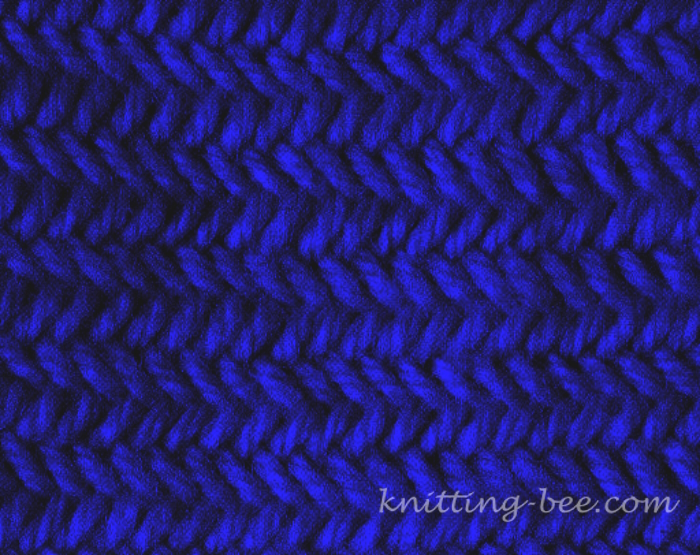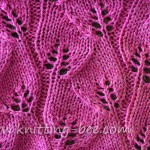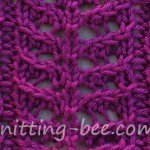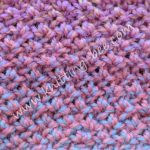The Two-Row Herringbone stitch is a knitting pattern that creates a dense, textured fabric with a distinctive diagonal rib resembling the bones of a herring. This effect is achieved through a clever manipulation of knit and purl stitches, where stitches are worked together but only partially dropped from the needle, creating a linked, overlapping effect. The stitch is worked over just two rows, making it relatively easy to memorize. This stitch creates a firm, relatively inelastic fabric, due to the nature of the stitch manipulation.
Suitable yarns for this stitch would include smooth, well-defined yarns that will showcase the texture. Worsted weight, DK weight, or even sport weight yarns would work well. Avoid very fuzzy or highly textured yarns, as they might obscure the herringbone pattern. This stitch is ideal for projects where you want a sturdy, warm, and visually interesting fabric. It’s excellent for scarves, cowls, hats, blankets, or even heavier garments where you desire a close-knit texture and a subtle, sophisticated pattern. It’s not ideal for projects requiring a lot of drape.

Abbreviations:
- K: Knit
- P: Purl
- k2tog tbl: Knit two together through the back loop. Insert the right needle into the back loops of the next two stitches on the left needle, from right to left, and knit them together.
- p2tog: Purl two together. Insert the right needle into the next two stitches on the left needle as if to purl, and purl them together.
- kl tbl: Knit one through the back loop. Insert the right needle into the back loop of the next stitch on the left needle, from right to left, and knit it.
- pl: purl one
- rep: Repeat
- st(s): Stitch(es)
- dropping only the first loop off the needle: This is the key to the herringbone effect. Normally, when you work two stitches together (k2tog or p2tog), you slip both stitches off the left needle. In this stitch, you only slip the first of the two stitches off. The second stitch remains on the left needle and becomes part of the next stitch combination. This creates the interlocking, overlapping effect.
- * … *: This indicates the section of the row that is repeated.
Cast On:
Multiple of 2.
Knitting Pattern Direction:
Row 1: K2tog tbl dropping only first loop off left needle. *k2tog tbl (the remaining stitch and next stitch), again dropping only the first loop off the needle*, kl tbl.
Row 2: P2tog dropping only the first loop off left needle, *p2tog (the remaining stitch and next stitch), again dropping only first loop off needle*, p1.
Rep these 2 rows.







